THE CLUB HISTORY
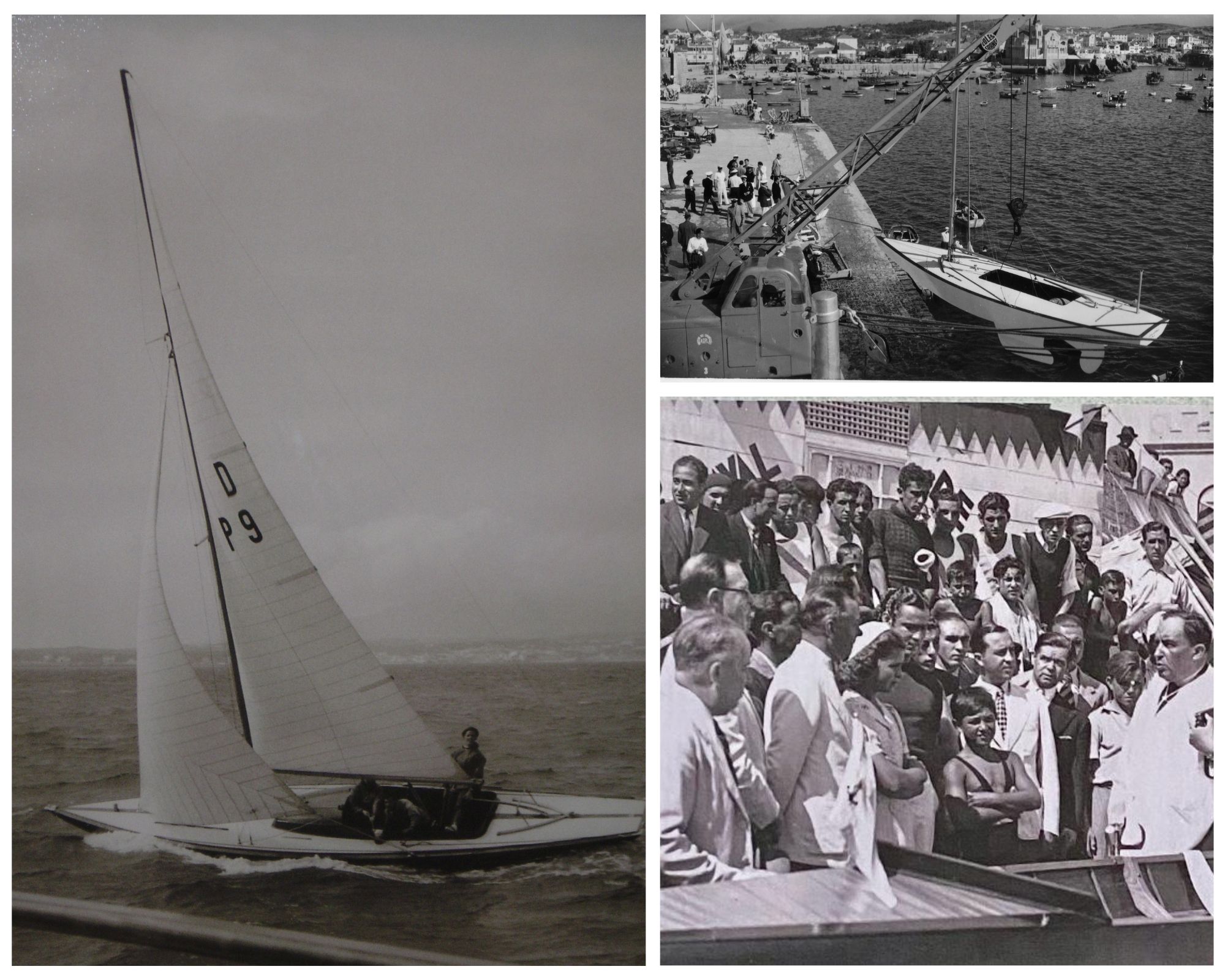
First Decade
DECADE OF MUCH COMMITMENT
It gains particular momentum thanks to the entry of partners with economic power and political influence. Names such as Jorge Monte Real (Count Monte Real), Bernardo Mendes de Almeida (Count of Caria) and Maxime Vaultier were decisive for the CNC to achieve the status it holds today.
In this decade the Club had four directors:
Manuel Possolo from 1938 to 1940
Armando Villar from 1941 to 1942
Maxime Vaultier 1943
Frederico Costa Pinto from 1944 to 1948
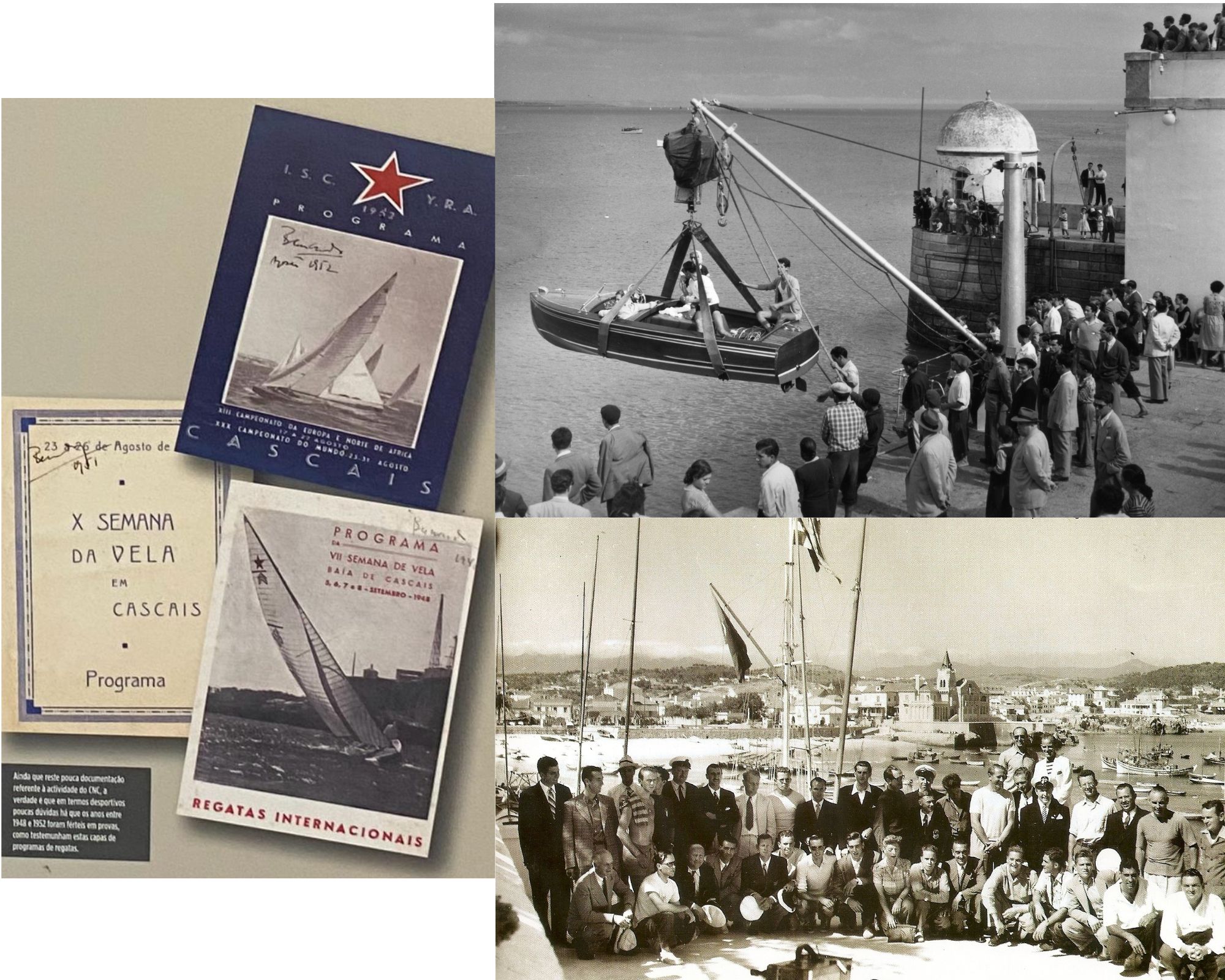
Second Decade
SUCCESS ON LAND AND AT SEA
Under the direction of Bernardo Mendes de Almeida (Conde de Caria), Lieutenant-Coronel José Roberto Raposo Pessoa, intervening with Jorge de Mello e Faro (Conde de Monte Real) and Manuel Ribeiro Espírito Santo Silva, the Club officially inaugurates its first electric crane.
Thanks to Frederico da Costa Pinto, the Eng.º Barros Pereira Sailing School was established.
In 1950 the CNC was represented internationally in France, Italy and the United States of America. In 1952, Joaquim Mascarenhas de Fiúza, who had already participated in three editions of the Olympic Games, obtained the Bronze Medal at the Helsinki Olympic Games, aboard of "Espadarte".
The CNC organized the European and World Star Class championships, as well as the D. Carlos Cup, the Salazar Trophy and the Oceanic Regatta.
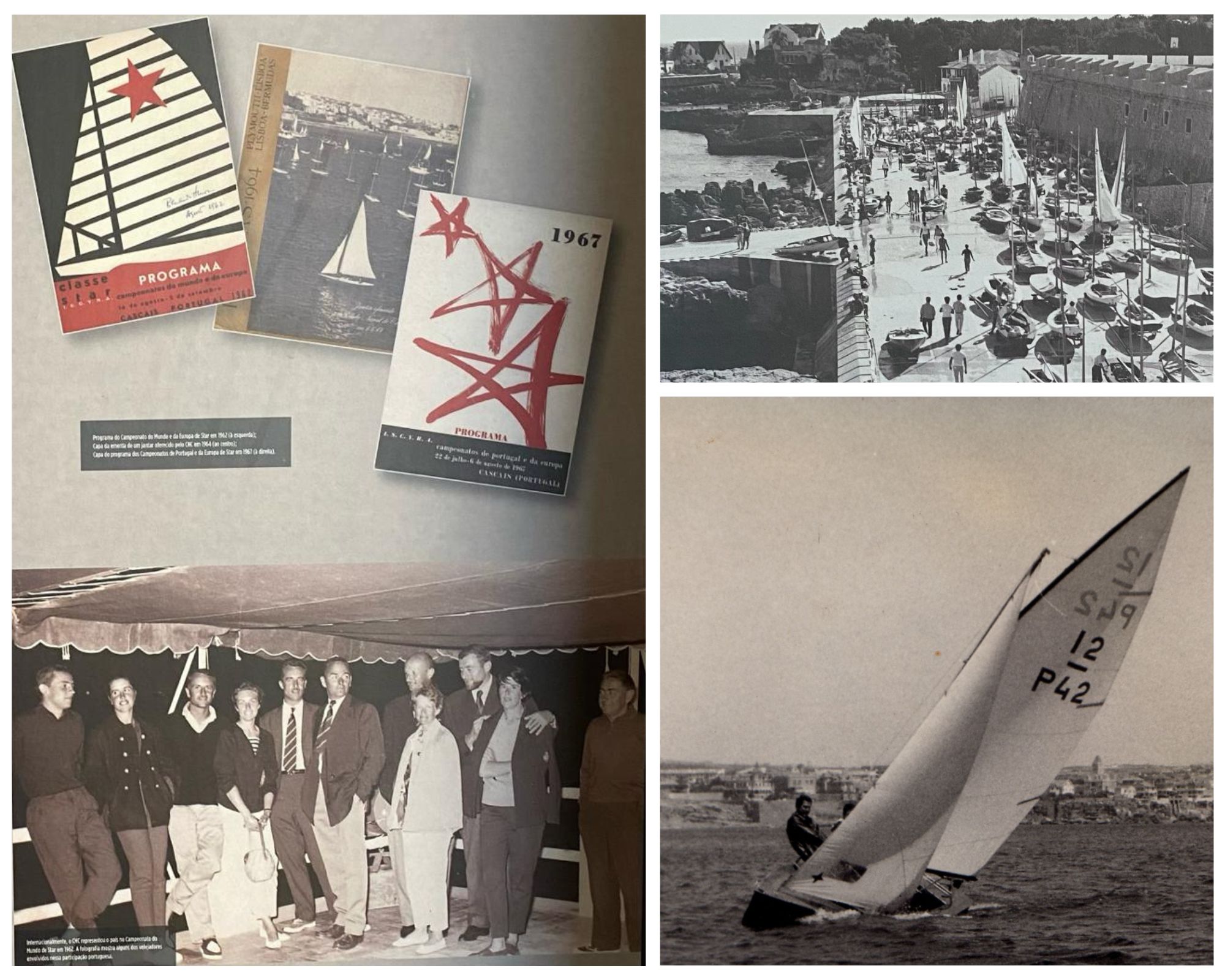
Third Decade
YEARS OF GREAT ACHIEVEMENTS
In 1962, the CNC marked the achievement of a new status: that of National Motornautics Authority.
Completion of the new Cais Sul, which will provide more and better competitions.
Reopening of the Sailing School with a total of 60 registrations and the start of water skiing classes. Bando Epírito Ssanto becomes the sponsor of the Sailing School.
In 1690 the CNC organized the first Luso-Brazilian Games in Dragão, Star, Finn and Snipe. He also participates in the Snipe International Junior Tournament, the Star World Championship (Rio de Janeiro) and European Championship (South of France), the International Dragon Regattas (Naples) and the Snipe Mediterranean Championship (Algeria).
The Club is represented by 8 athletes at the Rome Olympic Games, including Mário and José Gentil Quina who bring home the Silver Medal.
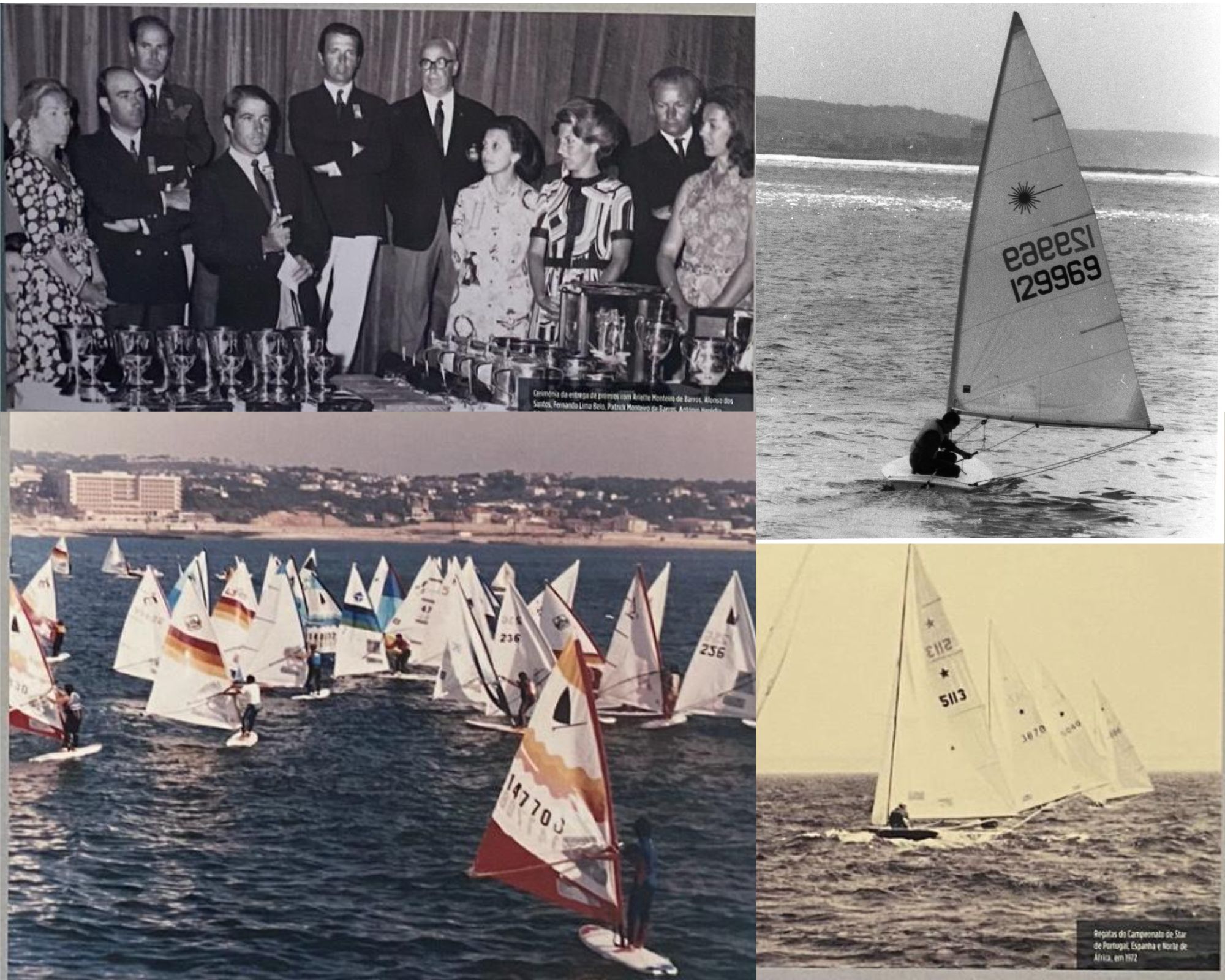
Fourth Decade
BEFORE AND AFTER
In 1970, the CNC organized the fINN Gold Cup, chaired by Patrick Monteiro de Barros, with 160 competitors from 34 countries. "The largest fleet ever assembled in any Finn Class championship" (Class international website).
The Star Class begins its activity at the club.
To celebrate its anniversary, in 1973 the Club held a Nautical Festival, marked by the debut of the Laser Class in competitions.
Open to the Optimist, Vaurien, 470, Grande Cruzeiro, Snipe and Finn classes, the traditional "Sailing Week" marked the beginning of the season and activity
In terms of teaching, the Coastal Cruising and High Sea Master course was taught for the first time, and in 1978 a section dedicated to windsurfing was opened.
This decade was presided over under the direction of Bernardo Mendes de Almeida, Count of Caria.
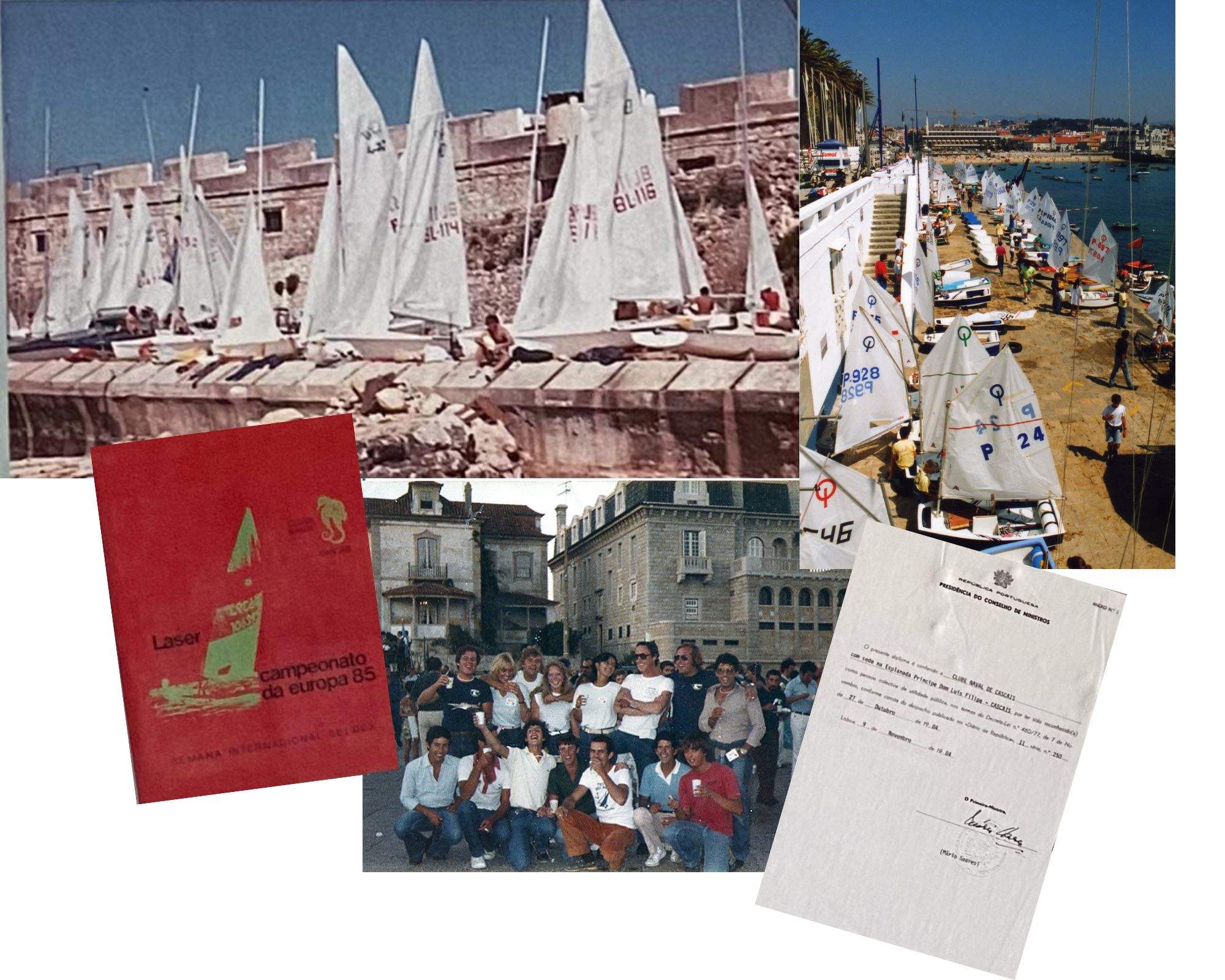
Fifth Decade
ALWAYS AT BIG EVENTS
Leadership by Bernardo Pinheiro de Mello, Fernando Brilhante Pessoa, João Felix da Silva Capucho and Joaquim Carlos Silveira.
Between 1979 and 1981 the CNC hosted the Optimist World Championship. In 1982 it hosted the 470 World Cup, with the participation of 85 teams.
In 1984, the CNC was remembered, by the Prime Minister then, Mário Soares, for its recognition as a “legal person of a public entity”
In 1985 the CNC hosted the Laser European Championship.
The format of courses at the Sailing School was redefined and the school's fleet was increased with the acquisition of 3 Vaurien and 2 Optimist.
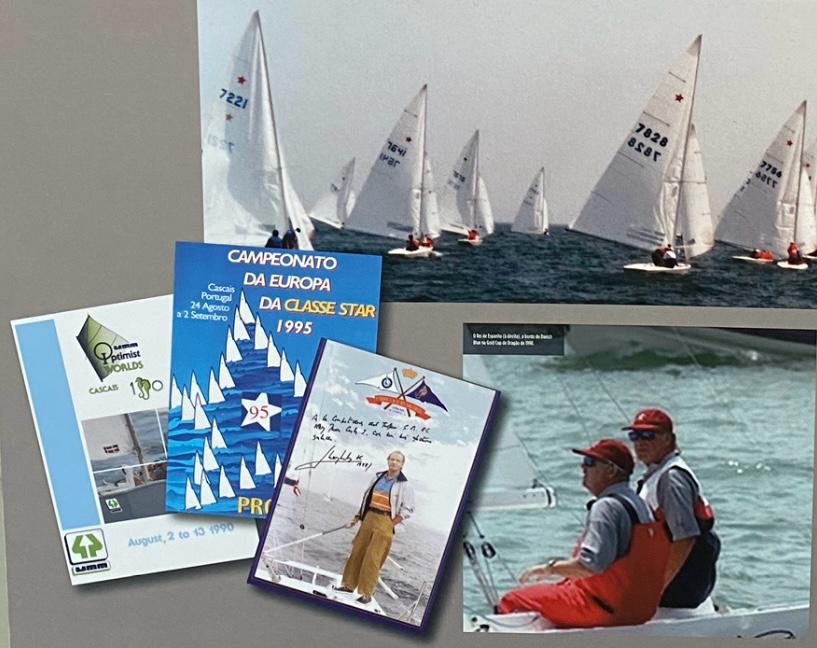
Sixth Decade
THE PLEASURE OF GREAT ACHIEVEMENTS
Chaired by Joaquim Carlos Silveira, Vasco Pinto Basto and Jorge d'Orey Pinheiro Arnoso.
In 1990, CNC celebrated 50 years of existence.
The club once again organizes the Optimist Class World Championship, with the presence of 200 boats from 42 countries.
In 1995, the CNC received another Star Class event with 65 teams from 20 different countries, with the Portuguese taking the lead.
In 1997, the Laser European Championship was organized, in which 129 sailors participated.
King Juan Carlos of Spain offers a trophy to the club, and the H.M. King Juan Carlos Trophy was created, one of the club's most iconic Dragon Class events. In 1998 the second Gold Cup was held, which was attended by two members of royalty: King Juan Carlos of Spain and the Prince Consort of Denmark, Henrik.
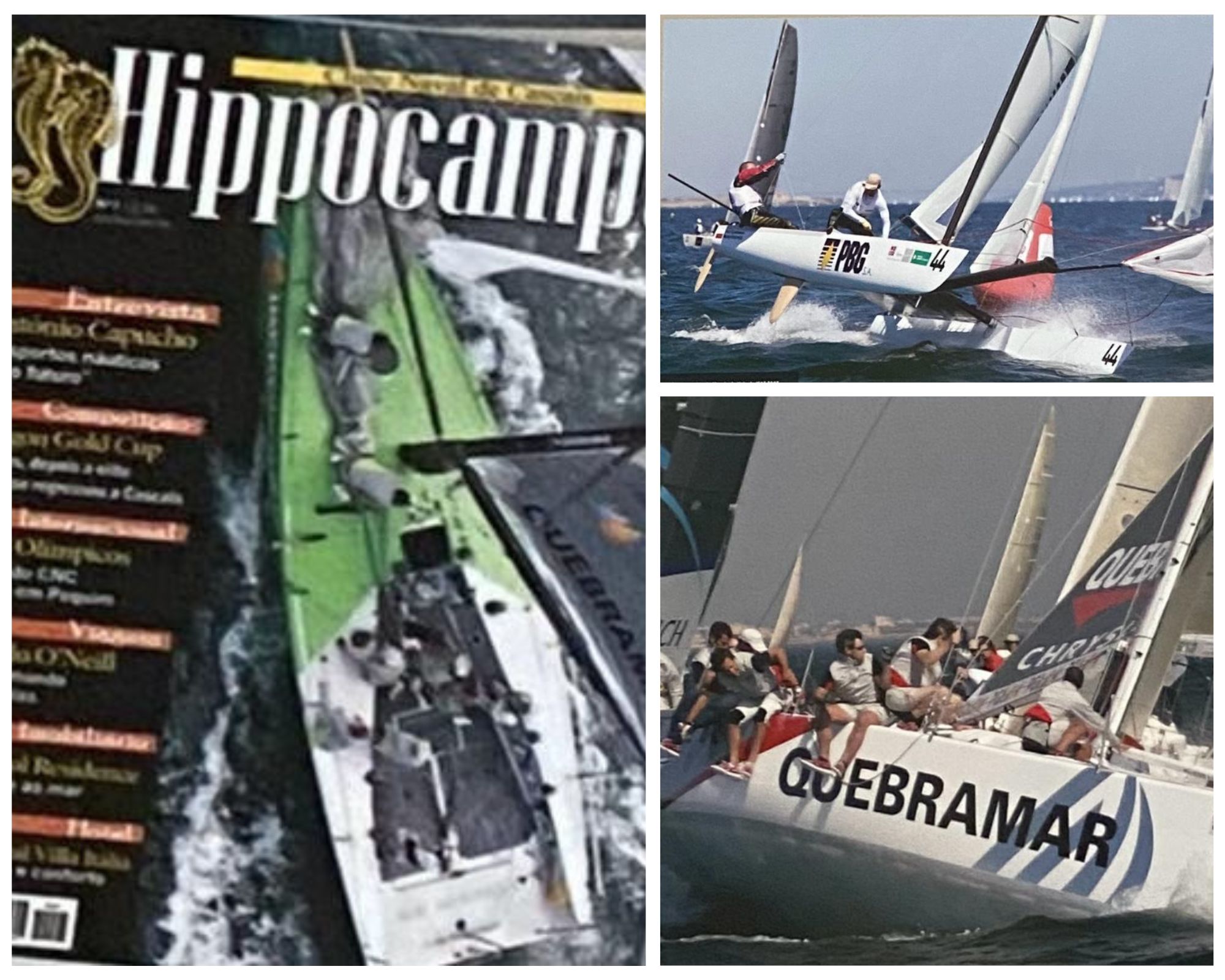
Seventh Decade
NEW FACILITIES AND INTERNATIONAL CONSOLIDATION
Leaded by Miguel Magalhães and José Sotto Mayor Matoso.
In 1999, the Cascais Marina was inaugurated, which allowed the CNC to have a new pier on the south side.
The focus was on the Sydney Olympic Games in 2000 with an excellent performance by CNC athletes in the Laser, 470 and 49er classes.
In 2001, the CNC was awarded the Vasco da Gama Naval Medal by the Chief of Staff of the Navy. And, in 2002, work began on the club's new facilities.
The CNC organizes the 505 Class World Championship. The Quebramar Trophy and the Bye Bye Summer Party are born.
The Club also organizes the Star Europeans in 2003 and, in 2004, celebrated the victory of the organization's bid for the 2007 Olympic Classes World Championship. The year 2004 saw the Club win the KPMG Sailing award, as well the debut of the Portugal Match Cup, a Match Race competition.
The year 2007 marked the inauguration of the new facilities and the High Performance Sailing Center and the holding of the ISAF Sailing World Championship, the world championship of the Olympic classes, with the participation of 1392 sailors and 990 boats from 76 countries.
In 2008 the club hosted the Seth Cascais Worlds, the Parasailing World Championship. The organization of the Cascais Dragon Gold Cup, with 74 boats from 6 countries, 18 of which are Portuguese in competition, marks the beginning of the Dragon Winter Series.
After 70 years of life, the CNC now has an official and regular publication, focused on the club's activities: the Hippocampus magazine.
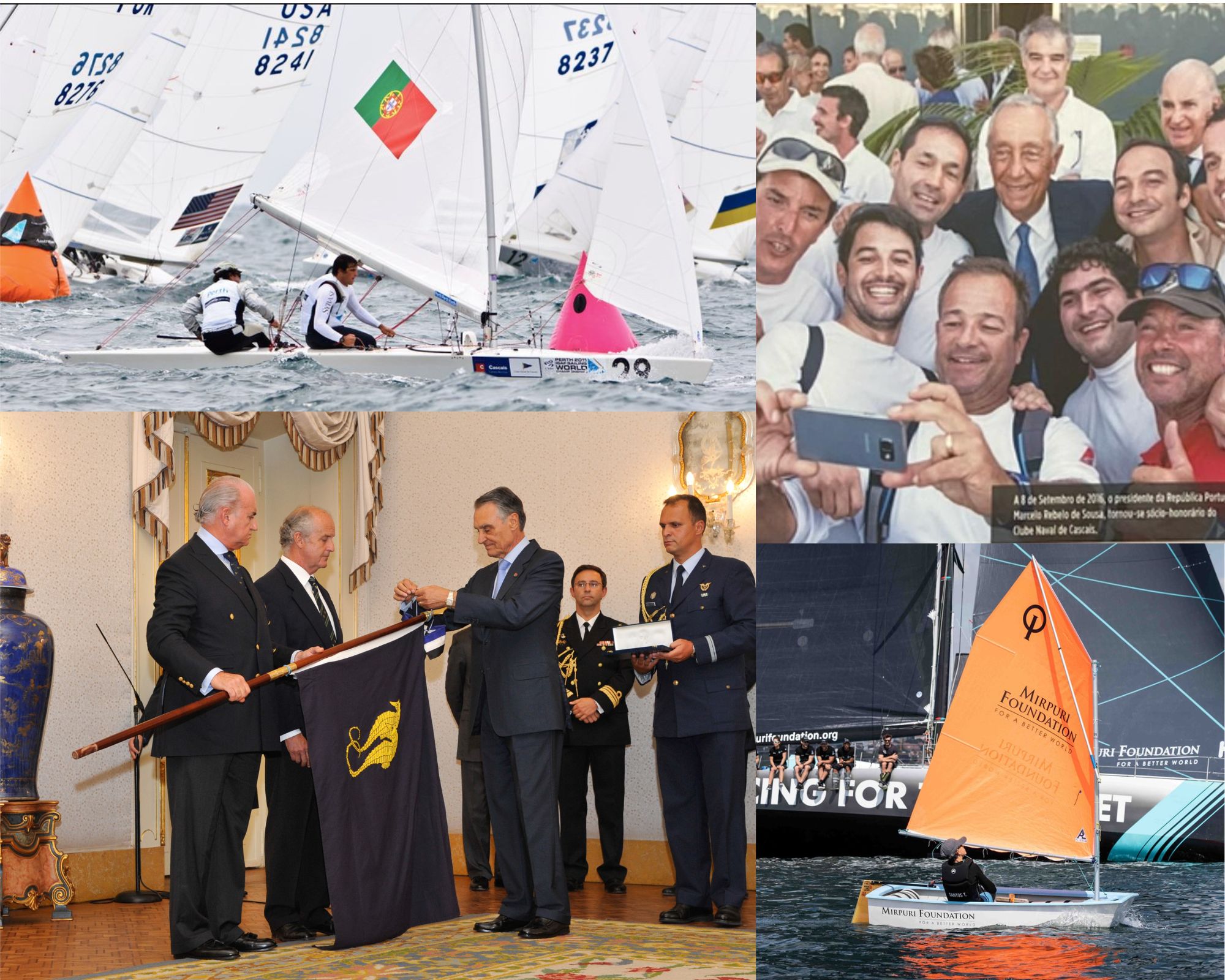
Eighth Decade
AWARDS AND ACHIEVEMENTS
Presided by José Sotto Mayor Matoso and Gonçalo Esteves.
In 2010 partner Pedro Silveira provided the equipment and the physical preparation room, intended for the club's Olympic athletes and sailors, was inaugurated.
2011 marks the beginning of the organization of major races on the international circuit in the TP52 and GP42 classes. Debut of the fantastic AC45 catamarans for the inaugural stage of the America's Cup World Tour.
In 2012, through financial support from CMC, the new pier for Parasailing was installed. The year marks the presence of 9 club athletes at the London Olympic Games, the largest representation of athletes from all Portuguese clubs.
From 2012 to 2018 the club hosts the RC44, one of the most important circuits in Europe.
In 2013, the club experienced one of the highest moments in its history, when it was awarded the Order of Infante D. Henrique by the President of the Portuguese Republic.
In 2015, CNC partner Charles Lindley was awarded the British Empire Medal of Merit for his commitment to the formation of the Vela Sem Limites Project (Parasailing).
In 2016, during Cascais Vela, the CNC received a visit from the President of the Republic, Marcelo Rebelo de Sousa.
In 2017 the Mirpuri Foundation became the new sponsor of the Sailing School.
In 2018 the club celebrates its 80th anniversary and the club hosted the Extreme Sailing Series, the Rolex TP52 World Championship and the RC44 Cascais World Champion.

